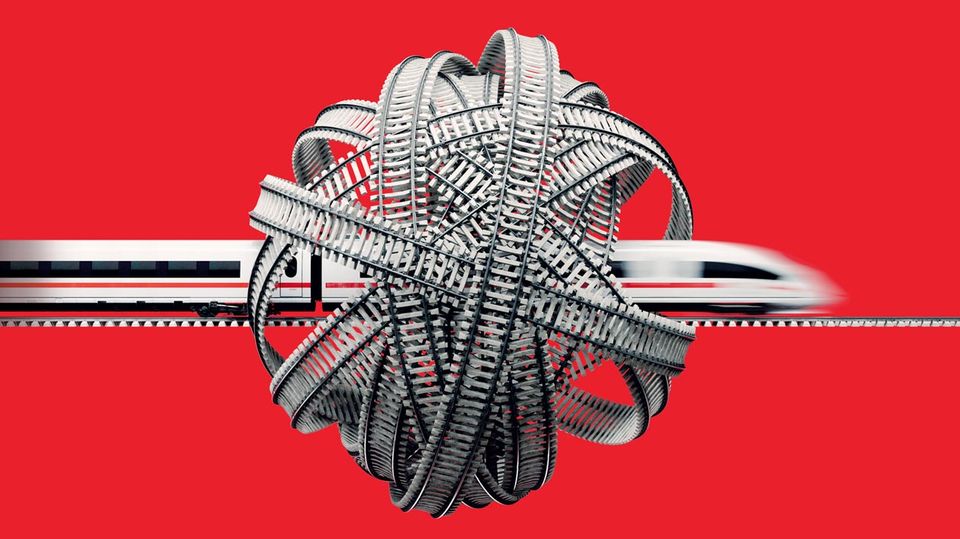Pilot route planned
Berlin wants to test magnetic levitation trains again – the first one stopped operating over 30 years ago
The “M-Bahn” ran in Berlin from 1989 to 1991, and a magnetic levitation train is now being considered in the capital (archive image)
© Bernd Settnik/ / Picture Alliance
Berlin wants to test whether the use of a magnetic levitation train in the city is realistic. A pilot route will initially be built for this purpose – when and where is still unclear. There are similar considerations in Hamburg.
Another advantage, not least given the shortage of skilled workers at the Berliner Verkehrsbetriebe (BVG), is that the magnetic levitation train is driverless. Several Berlin media had previously reported on it. There is therefore an agreement with the coalition partner SPD.
There was already a magnetic levitation train in Berlin
Stettner said the cost of the test track would be between 80 and 85 million euros. There is no item for this in the new double budget. The pilot project is to be financed from the special climate protection fund, for which five billion euros are initially earmarked and from which the black-red government coalition wants to pay for climate protection measures that will help Berlin become climate neutral before 2045.
Stettner did not provide any information about where the pilot route could lead through the city. It is not yet clear when construction will begin.
The idea of having a magnetic levitation train float through Berlin is not new. The CDU had brought up the topic several times. A route from the outskirts of the city to the capital airport BER was also discussed. However, Transport Senator Manja Schreiner made cautious comments on this in June and pointed out that, in her opinion, there is already a good connection to the BER, which will improve further with the completion of the Dresdner Bahn railway line.
There had been an M-Bahn (magnetic train) in Berlin since 1984, initially in test mode and for a short time also in regular service, which was ended after reunification in 1991.
Hamburg is also thinking about maglev trains
Hamburg is also thinking about building a magnetic levitation train line from the Stellingen S-Bahn station to the arenas at Volkspark. The city is fundamentally discussing the possibility of a pilot project together with the Chamber of Commerce and the Max Bögl group of companies, a spokesman for the Authority for Transport and Mobility Transition explained on Wednesday. The talks are at a very early stage. “It is currently still completely open whether and how such a project could be implemented,” said the spokesman.
16 images
A magnetic levitation train could potentially cover the distance between the Stellingen S-Bahn stop and the arenas at Volkspark more quickly. There is currently a bus shuttle on the route, and it is just under 1.7 kilometers on foot to the Volksparkstadion.


